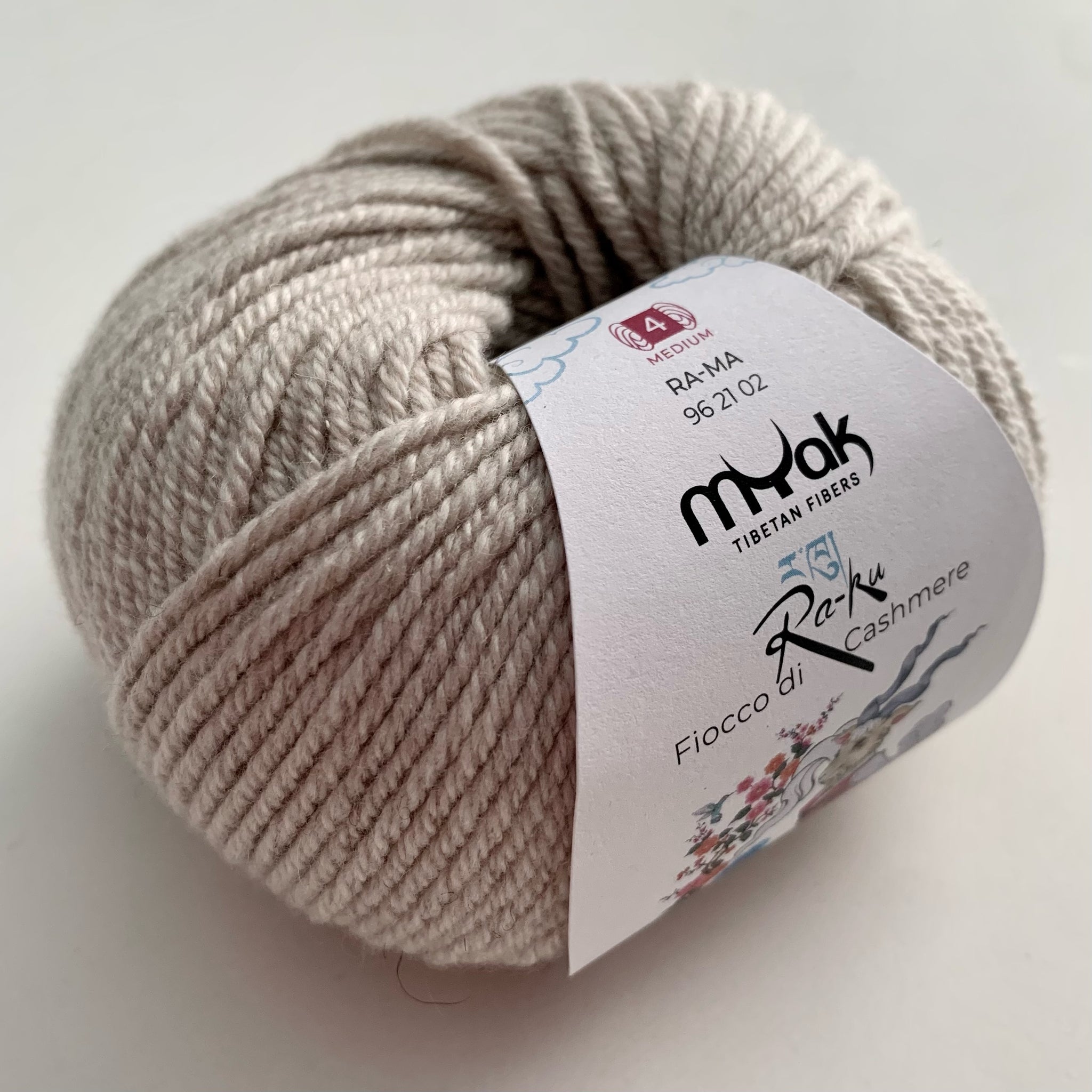The Reality Behind Is Cashmere a Natural Fiber and Its Sustainable Appeal
The Reality Behind Is Cashmere a Natural Fiber and Its Sustainable Appeal
Blog Article
Exploring the Numerous Sorts Of Cashmere an All-natural Fiber for Ultimate Deluxe
Cashmere, a natural fiber, is often linked with high-end and convenience. The more inexpensive Chinese cashmere, the standard Scottish variation, and the premium Italian blend, all inform a different story of this amazing fiber.
Understanding the Lavish Nature of Cashmere
Cashmere, typically associated with luxury and comfort, holds an unique attraction in the globe of all-natural fibers. Unlike various other all-natural fibers, cashmere combines insulation with breathability, using unequaled convenience across differing temperature levels. Its shiny coating and soft texture contribute to its premium charm, warranting the costs cost that often comes with cashmere garments.
Just What Is Cashmere and Where Does It Come From?

Offered these outstanding high qualities, one could question regarding the origin and makeup of this lavish fiber. Cashmere is derived from the soft undercoat of cashmere goats, largely found in Mongolia, China, Iran, and Afghanistan - is cashmere a natural fiber. These goats are adapted to severe weather problems, producing an extremely great, soft underfur as a defense versus the bitter cold. This underfur, or undercoat, is what is collected for cashmere. Each springtime, when the goats naturally shed their winter coat, farmers brush out the great underhair, leaving the coarser hair behind. This precise process adds to the deficiency and high expense of cashmere. With its beginning in the extreme landscapes of Asia, cashmere is a testament to nature's capacity to generate high-end from hardship.
Deciphering the Different Sorts Of Cashmere
Comprehending the different sorts of cashmere is crucial to appreciating the quality and one-of-a-kind features of this lavish textile. Typically, cashmere is categorized right into 3 types: raw, virgin, and recycled. Raw cashmere is straight obtained from the goat and is unrefined. This kind commonly contains pollutants such as dirt and crude hair. Virgin cashmere, on the various other hand, is the pure, unrecycled material that is spun right into thread for the very first time. It is the softest and most glamorous. Recycled cashmere is made from virgin product that has actually been formerly used. It is re-spun and utilized in creating lower-cost cashmere items. Translating these kinds is the very first step in recognizing the exclusivity and value of cashmere.

The Unique Characteristics of Each Kind of Cashmere
Having actually explored the different classifications of cashmere, it emerges that each kind flaunts its unique set of attributes. Mongolian cashmere, for circumstances, is renowned for its exceptional high quality, due to Mongolia's extreme winters months that create longer and finer fibers. Alternatively, Chinese cashmere is usually extra budget friendly, though its much shorter fibers can minimize sturdiness. Scottish cashmere is celebrated for its beautiful soft qualities, an outcome of the standard water cleaning process making use of Scotland's soft water. Italian cashmere, meanwhile, is popular for its skillful mixing and published here coloring strategies, rendering it lively and versatile. Indian cashmere, also recognized as Pashmina, is cherished for its amazing lightness and heat. Each type, thus, adds to the material's online reputation for luxury.
Why Cashmere Is the Embodiment of High-end in vogue
Cashmere holds an esteemed position in the world of fashion, pertained to as an icon of deluxe and refinement (is cashmere a natural fiber). Cashmere is acquired from the fine undercoat of Himalayan goats, known for their premium high quality fiber. Cashmere's unmatched comfort and sturdiness make it a sought-after material in the development of high-end garments.
The Refine of Making Cashmere: From Goat to Garment
The trip of cashmere, from being an undercoat of a Himalayan goat to a luxurious garment, is an elaborate one. With the development of spring, farmers in Mongolia and China gather the wool by combing the goats, making certain no damage is done. The acquired wool consists of rugged external hair and soft downy undercoat. This mix is then meticulously divided, with only the soft down used for cashmere. This raw cashmere is washed, colored and rotated into yarn. The thread is then woven or weaved right into textiles. The final step includes pressing and washing to provide the fabric its characteristic soft qualities and warmth. From goat to garment, each action is a testament to the artistry, skill and persistence involved in crafting cashmere.

Final Thought
In conclusion, cashmere, with its natural elegance and exceptional comfort, rules supreme on the planet of deluxe fashion. The variety in kinds, varying from the soft Mongolian, lightweight Indian Pashmina, budget friendly Chinese, conventional Scottish, to the vivid Italian, discloses the versatility of this all-natural fiber. The scrupulous procedure of transforming it from a goat to a garment better includes to its exclusivity, making cashmere the embodiment of refinement and great site high-end.
Cashmere, an all-natural fiber, is frequently connected with deluxe and comfort (is cashmere a natural fiber).Cashmere, usually linked with luxury and convenience, holds a special allure in the globe of natural fibers. Unlike various other natural fibers, cashmere combines insulation with breathability, supplying unmatched comfort across differing temperatures. Cashmere is acquired from the soft undercoat of cashmere goats, primarily discovered in Mongolia, China, Iran, and Afghanistan. Cashmere is derived from the click now great undercoat of Himalayan goats, recognized for their remarkable high quality fiber
Report this page